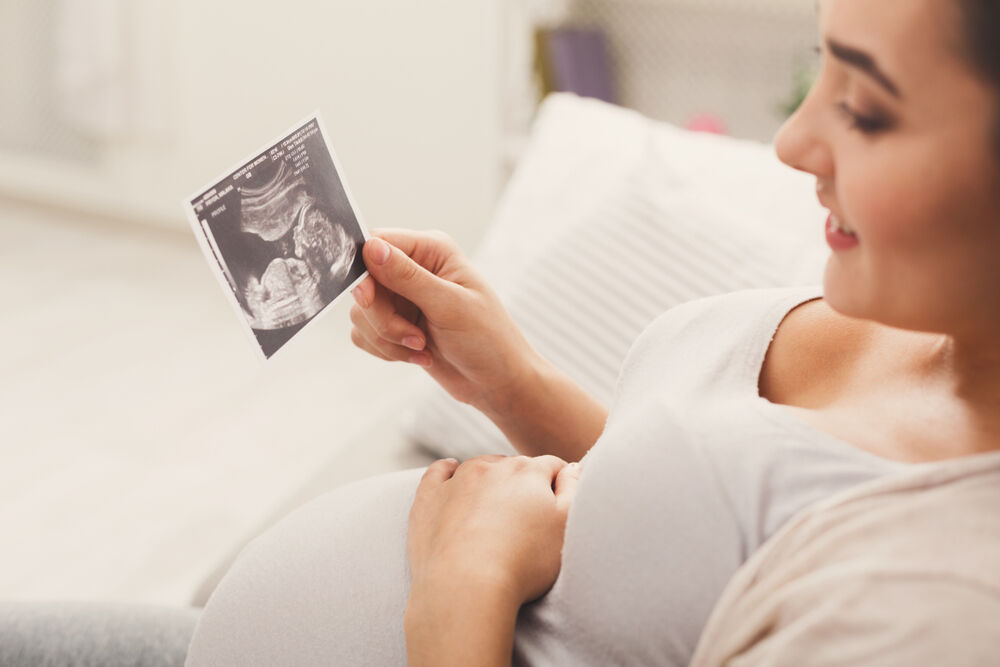The placenta is a temporary organ that attaches itself to the uterus and to the fetus’s umbilical cord. It’s through the placenta that the growing fetus is able to get oxygen and nutrients.
The positioning of the placenta is very important and determines whether you will be able to give birth vaginally or if a cesarean section will be safer.





